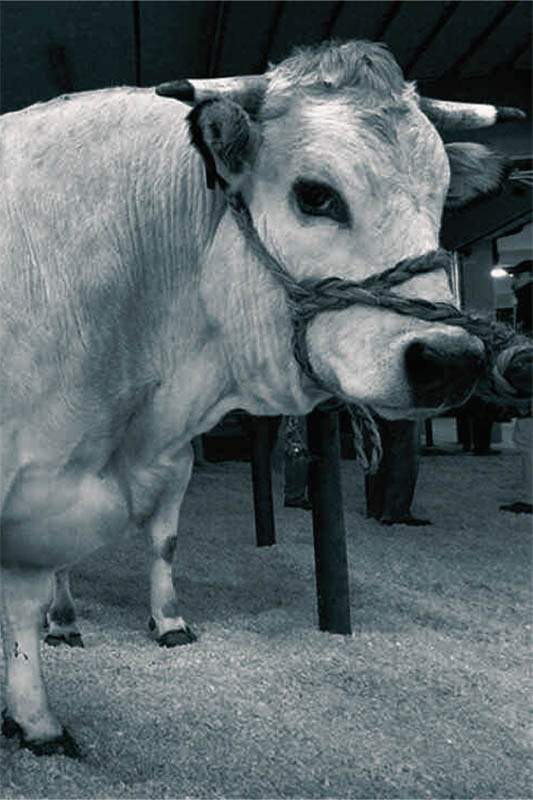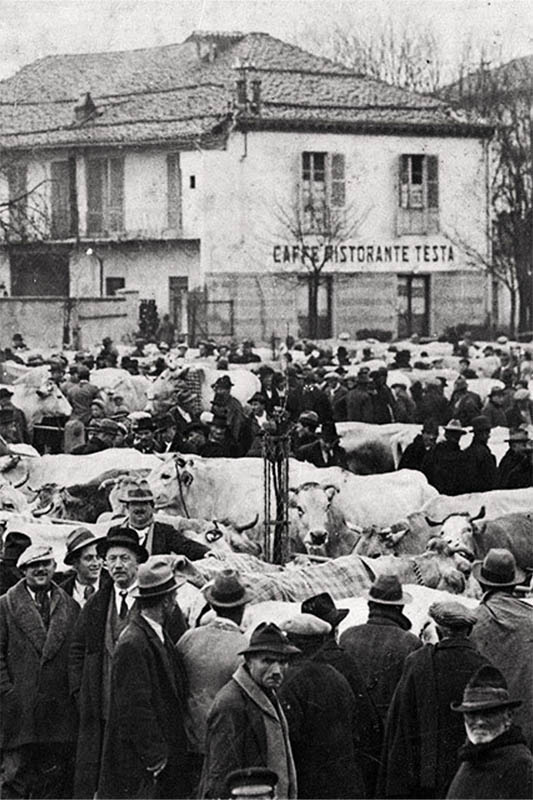On December 12, 2024, in Carrù, the undisputed, majestic, and imposing protagonist will be the Fat Ox, a symbol of the Piedmontese breed, considered today as an exceptional cattle breed, known worldwide for the quality of its meat.
An exceptional bovine
It is an adult bovine with a white coat, castrated within eight months of age to promote the animal’s weight gain, which can easily exceed a ton. The animal is only called an ox after reaching four years of age.
Its diet must be based on natural products, preferably fed dry: hay, corn, bran, soy, beans, and barley are the main components of its diet, which can be enriched with mineral and vitamin supplements. However, some further complete this diet with eggs or other products.
It is very important for the animal to gain weight slowly and evenly so that it can reach full maturity in sync with its peak beauty. This is a challenging outcome, achievable only by the expert hands of highly skilled and knowledgeable breeders.
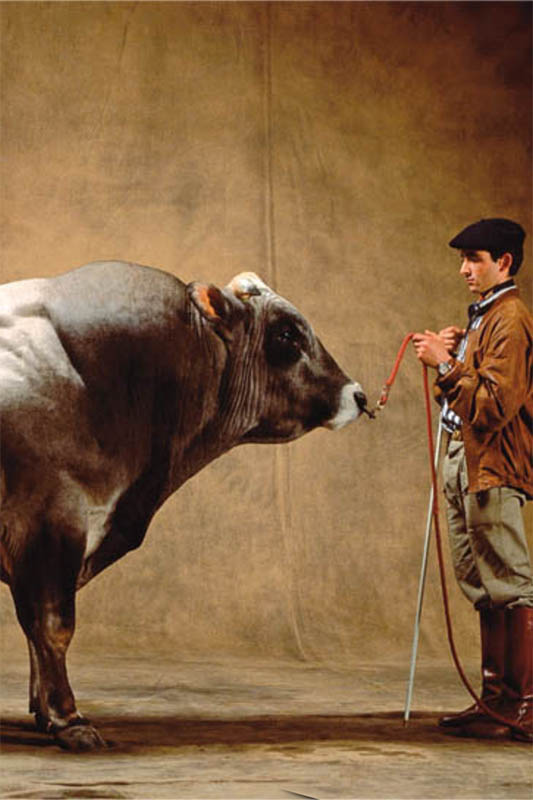
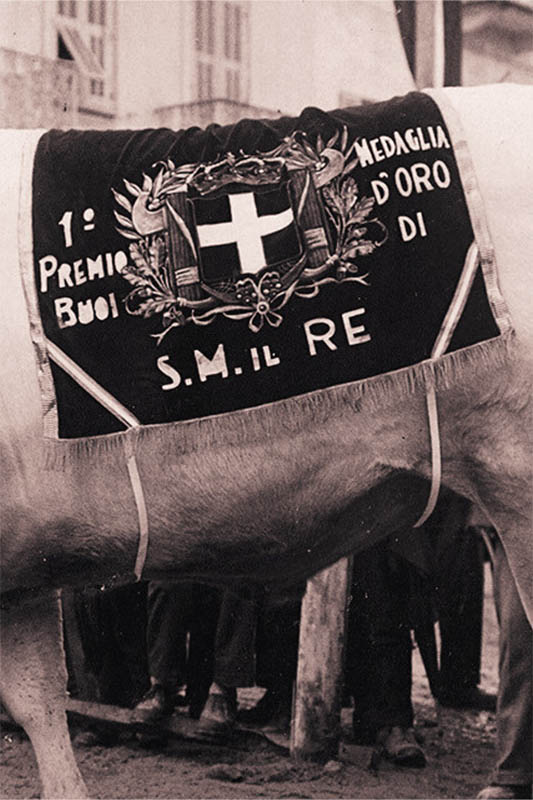
A meat of exceptional quality
The result of this meticulous work is meat of exceptional quality, marbled with fat, with an intense flavor and incredible tenderness, unmistakable for its exquisite taste.
A special prize is awarded to the heaviest ox, meaning the one that achieves the highest weight, regardless of its category (there are three).
These are truly impressive animals, with colossal dimensions, some exceeding 1,400 kilograms in weight!
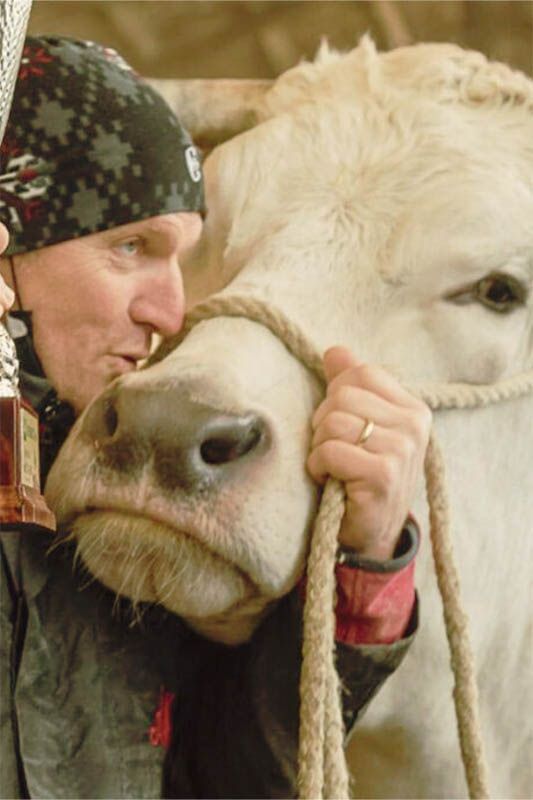
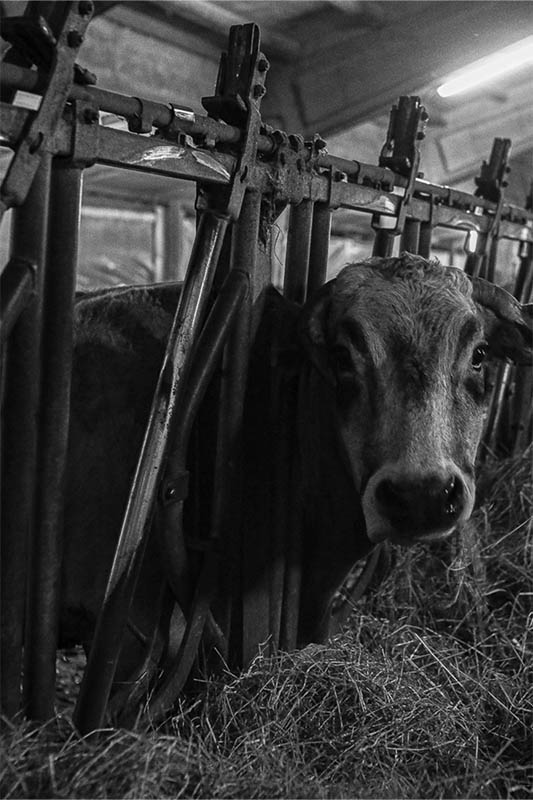
Museum: The home of the Piedmontese
In Carrù, the quintessential home of the Piedmontese cattle breed, there is a unique museum entirely dedicated to these magnificent animals, where you can see fascinating reconstructions of an old stable and other moments of rural life. Numerous multimedia aids fully illustrate the history of this breed, showcasing both ancient and modern breeding techniques, and much more.
The museum also offers a space where you can participate in guided tastings that allow you to sample this unique meat and learn to recognize different cuts, as well as how to prepare and consume them.
It’s an interesting visit, highly recommended if you want to deepen your knowledge.
The history: It starts from the Middle Ages
The oldest document is a decree from Yolande of France, guardian of Duke Philibert I of Savoy, dated April 7, 1473, which authorized biweekly markets “in the wealthy place of Carrù.” In 1635, Duke Victor Amadeus I granted the community the right to hold a three-day annual fair, to take place after the feast of St. Charles (November 4). On December 15, 1910, to counter the scarcity of livestock and curb the sharp rise in meat prices, the first edition of the current Fat Ox Fair was held, promoted by the Municipal Administration at the suggestion of the Mondovì Agricultural Committee, with the declared aim of increasing livestock production and encouraging meat consumption even among the less affluent population.
The hope, or as we would say today, the goal to be achieved, was clearly stated in the official documents of the time: “a fine affirmation of what can be obtained in terms of quantity and quality of meat from the Piedmontese cattle breed subjected to rational fattening.”
